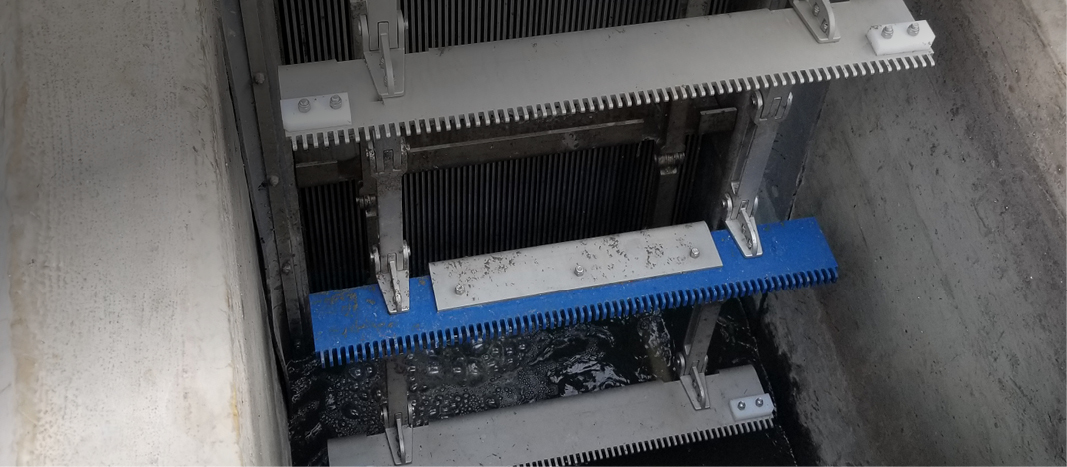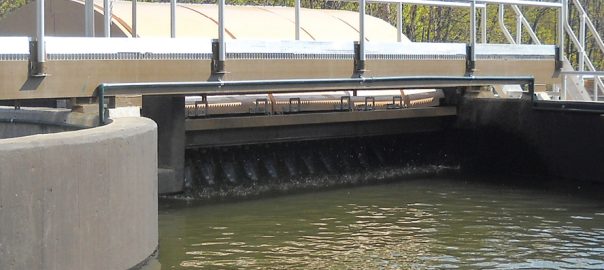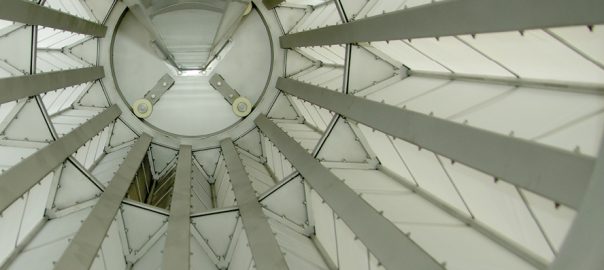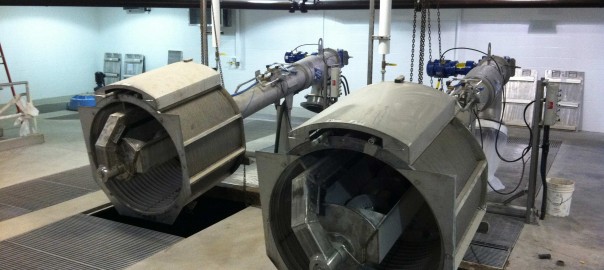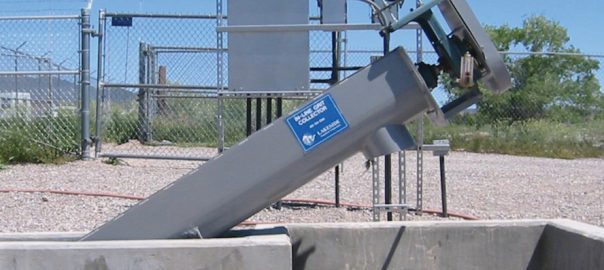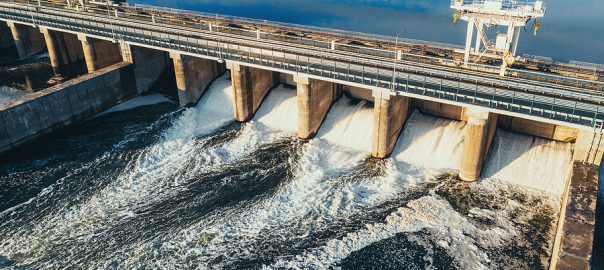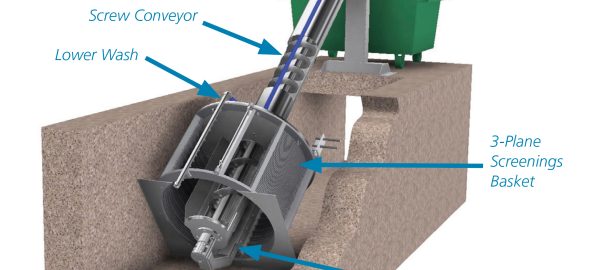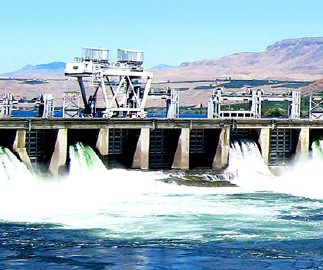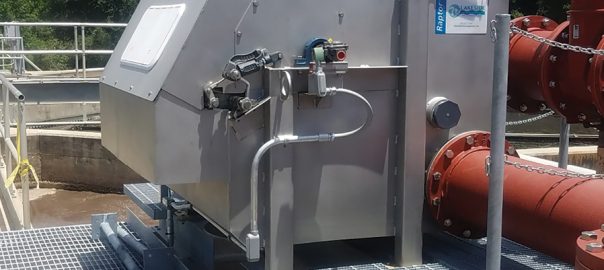
In some towns and cities, wastewater treatment plants take care of more than wastewater that comes in from the sewers. Rural neighborhoods and villages may be near a city, but they’re too far to connect to the main sewer lines. The home’s wastewater goes into septic tanks at those houses, where it sits for months or years until it’s pumped out and hauled to a septage acceptance plant.
Over 26 million U.S. homes are on a septic system rather than a sewer. Maine and Vermont are leading states, with more than half of all homes being too far from sewer lines. Instead, septic systems are installed underground in the homeowner’s yard. Have you ever wondered how septage is processed or how these systems work?
How a Septic System Works
In city homes, you flush the toilet, run the dishwasher, do the laundry, or take a shower. That water leaves your home through pipes that travel to the main sewer lines. Rural homeowners don’t have that option. Their residences are too far from sewer lines to make it cost-effective to connect to them. Instead, their home’s main septic drain pipe travels through the basement wall or crawlspace and connects to a baffle box leading to a large concrete, fiberglass, or plastic vessel known as a septic tank.
Once the wastewater is in the septic tank, fecal matter and small food particles sink to the bottom, where bacteria break them down into sludge. Oils and fats (scum) float to the top, trapping the liquid sewage between the sludge and the scum. There’s an effluent filter and L-shaped pipe positioned just below the level of the liquid sewage. The liquids travel through the effluent filter and exit through a system of pipes that lead to a leach field.
The leach field is a series of perforated pipes over a porous liner or layer of crushed stone that allow the liquid waste to soak through the base material, filtering out some bacteria, and traveling deeper into the soil. As those liquids travel through the soil layers, the sand and rocks filter more of the bacteria. Eventually, any remaining purified wastewater ends up in the groundwater. This is why regulations require septic systems to be a reasonable distance from private wells.
Not every home has enough slope for liquids to travel into the leach field, or the ground may not drain quickly enough. In that case, a mound system is installed to use pumps to move the wastewater through filters and the manufactured mound before it travels down into the soil and groundwater.
If wastewater isn’t draining fast enough due to a blockage, flooding, or an overfilled septic tank, it can lead to overflowing toilets, sinks, and washing machine drain pipes. It can also cause raw sewage to puddle on the ground. To prevent pollution, homeowners hire local septic companies to pump out septic tanks every few years or less. Three years is the recommendation for the average four-person household. Larger households, duplexes, or apartment complexes need to have their septic tank pumped out more often.
Trucks use suction and hoses to pump out the tank into the back of a septic company’s truck. That hauler will pump out the wastewater from multiple houses and travel to an independent septage pump station or a water treatment plant. There, the wastewater gets filtered, disinfected, and returned to a body of water or a public water system.
What Happens to Septage When It Leaves a House
Septage is a mix of solids, oils/fats, and wastewater. The waste and fats must be separated from the liquids, and that’s one of the first steps when the wastewater reaches a treatment facility. The amount of septage that’s processed impacts the equipment that’s used. A small community may not need as large a system as a facility that serves an entire county.
The wastewater is pumped out of the truck and into the septage treatment or wastewater treatment plant’s screens and grit removal system, where solids and liquid sewage start to separate. Grit removal is used to remove things like coffee grounds that got into the coffee pot, sand, and other fine particulates that may go down the sink when items get washed, or people take showers.
Containers capture these solids where they can be incinerated to create energy or heat. In some areas, they are used as fertilizer. The grease and oils may stick to the walls of the tanks, so that needs to be removed. Scum also needs to be skimmed from the surface and removed from the processing tanks. System designs may include equipment that automatically skims the surface and removes those fats.
The remaining water is aerated to allow bacteria to start breaking down contaminants. Chemicals may be used to help kill any remaining bacteria. The use of chemicals will vary from one plant to the next. If chlorine or similar chemical agents are used, UV is one way to remove excess chlorine before the wastewater goes to water sources or back to homes.
A smaller independent plant may use lime to help the initial process of drawing the water from the solids. Filter presses, sand, or vacuums can also be used to separate the liquid waste from the solids. Odor control is essential as no treatment plant wants to become a nuisance to the neighbors. Enclosed tanks and treatment equipment also keep odors to a minimum.
Turn to the Pros for Your Septage Treatment Needs
Talk to Lakeside Equipment about your wastewater treatment plant’s needs. If you accept septage or want to add the equipment in order to receive it, we’re the experts you need to work with you and make it happen. We have a couple of options.
A Raptor Septage Complete Plant is an all-in-one plant with that screens, removes grit, and can aerate the septage. It’s an all-in-one system that’s ideal for treating wastewater and solids at an independent septage treatment plant. You can even add a grease trap and skimmer for efficiency.
Benefits to the Raptor Septage Complete Plant include:
- A 3,000-gallon tanker can be unloaded in under 10 minutes
- Affordable installation and operating costs
- Combination screening and grit removal requires less space
- Exterior maintenance access
- Minimal carbon footprint
- The optional control system takes care of invoices and reports
- Optional equipment for reducing odors
- Optional insulated unit with built-in heating for cold climates
- Pre-engineered for quicker installation
- Single-day installation
- Stainless steel construction for durability
A Raptor Septage Acceptance Plant provides the equipment needed for wastewater treatment plants that handle wastewater trucked in from rural communities and that arrives through sewer lines. It pre-treats septage before it’s mixed into the wastewater coming from businesses and households through the sewers. An optional Acceptance Control System allows haulers to print out reports of the septage they uploaded at the facility.
Benefits to the Raptor Septage Acceptance Plant include:
- Contained unit for odor control
- Cost-effective, simple installation
- Efficient screen cleaning cycles
- Has a larger capacity
- Low carbon footprint
- One-day installation
- Requires little room
- Stainless steel reduces corrosion
Let us know your vision and budget. Our experts are happy to discuss the best options and supply the engineers and installers to ensure the upgrade at your wastewater treatment plant goes smoothly.

